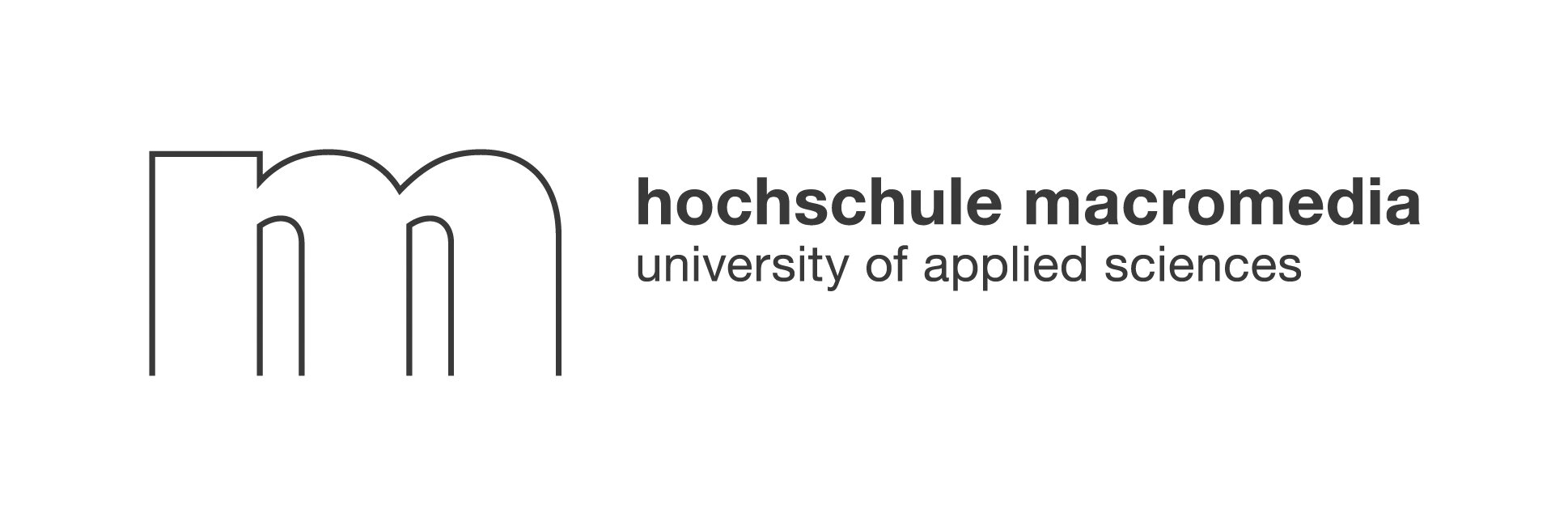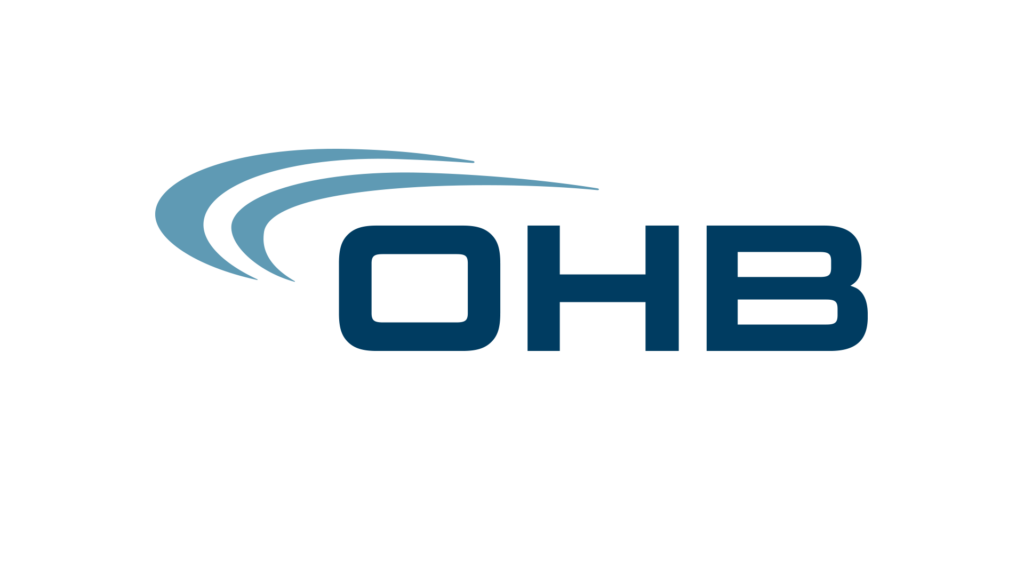Employee happiness is no longer a “nice-to-have” in today’s workplace—it’s a must-have for organizations that want to thrive. Yet, despite countless wellness initiatives and engagement surveys, many HR leaders still puzzle over how to increase employee happiness in a way that lasts. What if the answer isn’t another top-down program, but instead a smarter, more human approach powered by technology? In this guide, you’ll discover not only why employee happiness is essential, but how AI and personalized micro-experiences—like those pioneered by Neroia—are reshaping the future of workplace well-being. Let’s explore how to make your team genuinely happy, engaged, and connected in 2025 and beyond.
1. What Employee Happiness Really Means in Modern Workplaces
Employee happiness is often confused with engagement or satisfaction, but these terms are not interchangeable. Satisfaction is about basic needs being met—think salary, safety, or job security. Engagement goes further, reflecting how invested someone feels in their work and the company’s goals.
Happiness at work, however, is broader and deeper. It’s the sense of joy, meaning, and positive energy that employees experience day-to-day. While engagement and satisfaction contribute to happiness, true happiness also includes feeling valued, connected, and able to grow.
The psychology behind positive employee experiences draws from concepts like self-determination theory. This model highlights three core needs: autonomy, competence, and relatedness. When employees have a say in how they work, feel skilled at their tasks, and connect authentically with colleagues, happiness flourishes. Recent studies confirm that these factors boost motivation, resilience, and creativity, making them central to any strategy focused on how to increase employee happiness.
2. The Business Case: Why Happy Teams Outperform the Rest

Why should HR leaders care so much about how to increase employee happiness? The answer is simple: happy teams deliver better results. According to Gallup, businesses with high engagement and happiness see up to 23% higher profitability compared to their peers. Productivity doesn’t just rise—so do retention rates and customer satisfaction scores.
Consider these key metrics:
“Happy employees make smarter decisions, are less likely to quit, and their energy is contagious—lifting the whole team.”
— Harvard Business Review
Real-world examples abound. Companies like Google and Zappos have long invested in employee happiness, seeing both innovation and loyalty soar. More recently, organizations piloting AI-driven, personalized engagement—such as Neroia’s micro-events—report improved cross-team collaboration and a measurable drop in burnout. The evidence is clear: investing in how to increase employee happiness pays off in every area that matters.
3. Diagnose First: Practical Ways to Measure Happiness Levels
Before launching any initiative, it’s vital to understand where your organization stands. Measuring happiness isn’t just about gut feeling—it requires a mix of data and dialogue.
Pulse surveys and the Employee Net Promoter Score (eNPS) are quick ways to gauge sentiment. These tools ask targeted questions like “How likely are you to recommend this company as a great place to work?” and can highlight trends over time.
But numbers alone don’t tell the full story. Smart HR teams also mine data from turnover rates, absenteeism, and even customer feedback. High absenteeism or negative customer reviews may signal deeper issues with morale.
One-to-one conversations and stay interviews are equally important. These personal check-ins uncover what’s working, what isn’t, and what would make employees happier. For example, Neroia’s anonymized analytics—drawn from employee participation in AI-curated micro-events—provide rich, privacy-respecting insights into what truly drives happiness across diverse teams.
“Regular, honest conversations are the foundation for understanding and improving happiness at work.”
— Society for Human Resource Management
4. Core Tactics on How to Increase Employee Happiness: Balance, Flexibility and Autonomy
The modern workforce demands more than perks or pay. At the heart of how to increase employee happiness are three pillars: balance, flexibility, and autonomy.
Flexible schedules and hybrid models let employees work when and where they perform best. This isn’t just about remote work, but about real choice—whether that’s starting later, working compressed weeks, or splitting time between home and office. Organizations that empower teams with these options see less burnout and higher engagement.
But policies alone aren’t enough. True work-life harmony means encouraging breaks, respecting boundaries, and celebrating life outside the office. HR leaders can model this by discouraging after-hours emails and ensuring workloads are manageable.
Most crucial is giving teams ownership over their work. When employees can choose how to approach tasks and collaborate, motivation and happiness soar. For example, Neroia’s AI platform enables employees to effortlessly discover and join micro-events—like lunchtime yoga or after-work cycling—based on their real interests and schedules. This not only respects autonomy but also fosters organic connections, breaking down silos in hybrid and remote teams.
5. Growth & Recognition: Fuel Motivation with Development and Praise
Career growth and recognition are powerful levers in how to increase employee happiness. Employees want to see a future for themselves—and to be noticed along the way.
Building transparent career pathways is key. This means clear promotion criteria, access to mentoring, and regular development conversations. Upskilling and micro-learning opportunities—like on-demand courses or skill-sharing sessions—keep employees motivated and future-ready.
But growth alone isn’t enough. Recognition, done often and authentically, is a happiness multiplier. Beyond pay raises, continuous, personalized praise—whether a public shoutout, a thank-you note, or a peer-nominated award—makes people feel seen.
“Recognition doesn’t have to be grand. It just has to be genuine and consistent.”
— Workhuman
Here’s an ordered list of effective recognition strategies:
- Celebrate small wins weekly in team meetings.
- Use peer-to-peer recognition tools for instant feedback.
- Personalize praise—mentioning specific actions or impacts.
- Mark milestones (like work anniversaries) with tailored gestures.
- Integrate recognition into daily workflows, not just annual reviews.
Platforms like Neroia make it easy to embed recognition into everyday interactions, especially during micro-events where achievements—big or small—are celebrated in real time.
6. Culture & Communication: Creating Psychological Safety Every Day
A culture of psychological safety is the bedrock of employee happiness. When people feel safe to speak up, share ideas, and admit mistakes, trust and innovation flourish.
Open, two-way feedback loops are essential. This means not just collecting suggestions, but acting on them and communicating results. Inclusive decision-making—where employees are invited into discussions that impact them—fosters shared purpose and belonging.
Manager habits matter, too. Leaders who model transparency, admit their own missteps, and share information openly set the tone for the whole organization.
“Transparency and trust are the currency of modern workplace happiness.”
— US Chamber of Commerce
In hybrid and remote settings, communication can easily become transactional. AI-driven platforms like Neroia address this by orchestrating small, interest-based group activities—such as cultural exchanges or brainstorming lunches—where informal conversations and genuine connections thrive. These micro-events help break down barriers, nurture psychological safety, and reinforce a joyful, inclusive culture.
7. Health & Well-Being: Embedding Wellness into the Employee Experience

Wellness programs are everywhere, but not all are created equal. The most effective strategies for how to increase employee happiness go beyond gym discounts or generic mindfulness apps.
Mental health resources and stress management programs—like access to counseling, mindfulness workshops, or digital support tools—show employees they’re valued as whole people. Physical wellness matters, too, from ergonomic workspaces to fitness subsidies and healthy snack options.
But the real magic happens when wellness is social and personalized. Celebrating milestones, organizing group fitness challenges, or fostering social connection through shared interests can have a profound impact.
This is where Neroia stands out. By leveraging AI to recommend micro-events—like yoga sessions, company runs, or art walks—tailored to employees’ interests and schedules, Neroia transforms well-being from a checkbox into a living, dynamic part of the culture. During the OHB pilot, for instance, employees joined AI-orchestrated yoga and running groups, leading to higher participation, increased cross-team friendships, and a measurable boost in reported happiness.
“Wellness is most effective when it’s woven into daily life and experienced together.”
— Employee Wellness Institute
Table: Comparing Traditional vs. AI-Driven Approaches to Employee Happiness
Bullet List: Why Traditional Programs Often Fall Short
- Lack of personalization: Employees tune out generic offerings.
- Hybrid disconnection: Remote workers feel left out of on-site events.
- Planning friction: Organizing large events is time-consuming and often misses the mark.
- Superficial engagement: Attendance doesn’t equal real connection or happiness.
Bullet List: How Neroia’s Micro-Events Revolutionize Well-Being
- AI matches employees to small-group activities based on true interests.
- Effortless coordination—no manual planning required.
- Supports remote, hybrid, and on-site teams equally.
- Builds authentic relationships, breaking down silos.
- Provides anonymized analytics for HR to track impact and adapt strategies.
Conclusion: The Future of Employee Happiness Is Personal, Social, and AI-Driven
The path forward for how to increase employee happiness is clear: it’s not about more programs, but about smarter, more human experiences. HR leaders must move beyond the surface, focusing on balance, autonomy, growth, recognition, and a culture of trust. But to truly break through in hybrid and remote environments, technology must serve as a bridge—not a barrier.
Neroia’s social employee benefits platform leads this transformation. By harnessing AI to foster authentic micro-events and organic connections, Neroia empowers teams to effortlessly discover joy, well-being, and belonging at work—no matter where or how they work. As organizations look to the future, embracing AI-driven, employee-centric solutions like Neroia is the best way to increase employee happiness, drive retention, and unlock the full potential of every team.
“Happiness at work isn’t a perk. It’s the foundation for everything your company hopes to achieve.”
— Future of Work Institute
For those ready to move beyond the ordinary, Neroia offers a dynamic, flexible path to a truly happy, connected, and thriving workplace.




